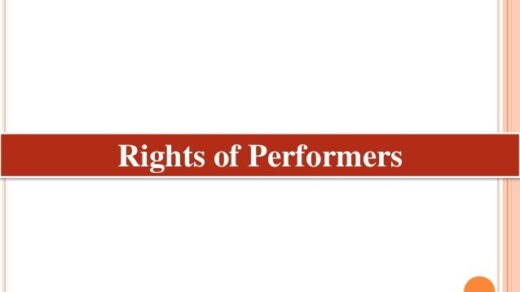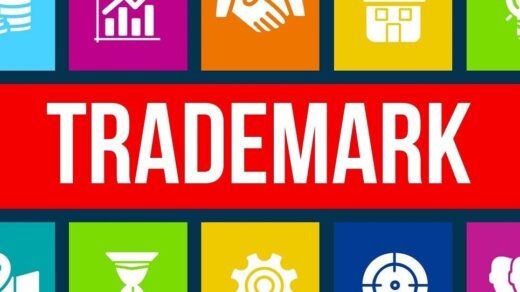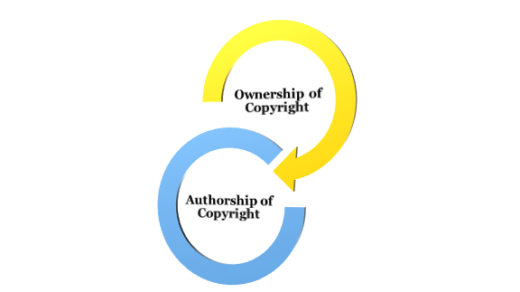In the competitive arena of commerce, trademarks serve as crucial assets for entities looking to safeguard their brand identity and intellectual property.
Under the legal framework provided by the Trade Marks Act, the process of registering a trademark is accessible to a broad spectrum of applicants, ranging from individuals to various forms of business organizations.
This article explores who can apply for a trademark, the international classification system that governs trademark registration, and the criteria that determine a mark’s distinctiveness and registrability.
Eligible Applicants for Trademark Registration
The Trade Marks Act extends the eligibility for trademark registration to a diverse group of applicants, affirming that an individual, company, partnership, society, cooperative, or any lawful association can file for a trademark, provided they meet the Act’s stipulated requirements.
This inclusivity ensures that a wide range of entities can enjoy the protection and benefits conferred by trademark registration, from solo entrepreneurs to large corporations and non-profit organizations.
For foreign applicants wishing to secure trademark protection in jurisdictions outside their home country, the Act mandates that the application must be processed through a local agent. This requirement facilitates the smooth handling of the application process, ensuring compliance with local laws and regulations.
Nice Classification: The Global Standard for Trademark Classification
One of the pivotal aspects of trademark registration is the classification of goods and services, for which the “International Classification of Goods and Services” under the Nice Agreement (June 15, 1957) provides a standardized framework.
This system, regularly revised and currently in its 13th edition, categorizes goods and services into classes, simplifying the process of trademark registration across different jurisdictions and enabling a harmonized approach to intellectual property rights on an international scale.
Spectrum of Distinctiveness: A Key Criterion for Registrability
Not all marks qualify for registration directly; they must adhere to specific criteria that assess their distinctiveness. The more distinctive a mark is, the stronger its claim to exclusivity and protection against infringement.
Marks that are suggestive, arbitrary, coined, or fanciful are typically deemed highly distinctive and are more easily registrable. These marks bear no direct relation to the goods or services they represent, making them inherently unique.
Conversely, generic terms that are widely used to describe a class of products or services are not eligible for trademark protection.
Descriptive marks, which directly describe the characteristics or qualities of goods or services, may be registrable if they achieve a certain level of distinctiveness through use or if they meet the threshold of examination criteria.
The Role of Symbols: ®, SM, and TM
Upon successful registration of a trademark, the registrant is entitled to use specific symbols to denote the status of their mark.
The ® symbol signifies that the mark is registered under the Act, providing a public declaration of the trademark’s protected status.
The SM (service mark) and TM (trademark) symbols can also be used to indicate that a particular sign is being claimed as a service mark or trademark, respectively, although these symbols do not necessarily mean that the mark has been registered.
Conclusion
The process of trademark registration is designed to be inclusive, accommodating a wide array of applicants who wish to protect their brands and intellectual property.
By adhering to the guidelines set forth by the Trade Marks Act and understanding the international classification system, as well as the criteria for distinctiveness, applicants can navigate the trademark registration process more effectively.
The ultimate goal is to secure a distinctive mark that not only fulfills legal requirements but also aligns with the strategic objectives of the brand it represents.




